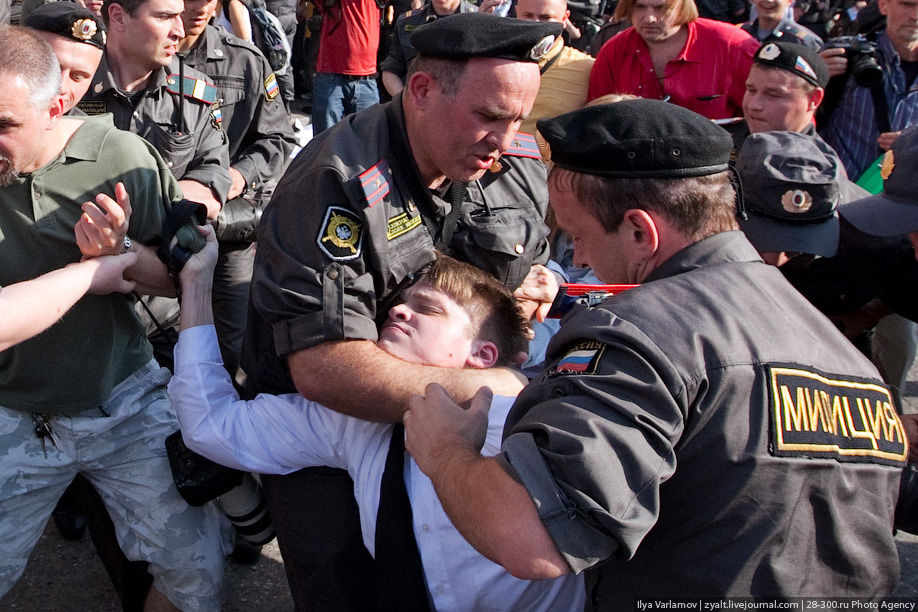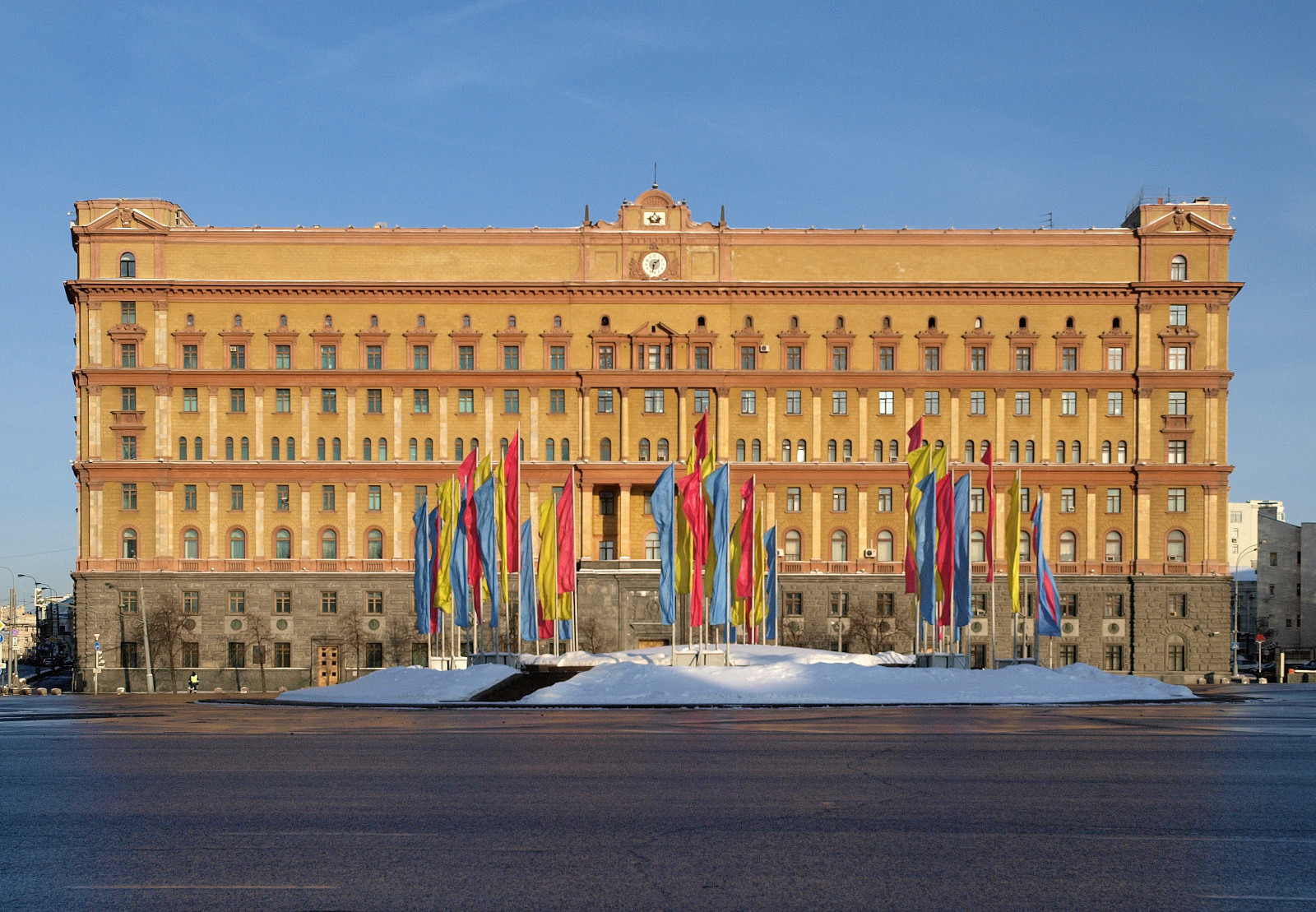|
War In Dagestan
The Dagestan War (russian: Дагестанская война), also known as the Invasion of Militants in Dagestan (russian: Вторжение боевиков в Дагестан) began when the Chechnya-based Islamic International Peacekeeping Brigade (IIPB), an Islamist group, led by Shamil Basayev, Ibn al-Khattab, Ramzan Akhmadov and Arbi Barayev, invaded the neighboring Russian republic of Dagestan, on 7 August 1999, in support of the Shura of Dagestan separatist rebels. The war ended with a major victory for the Russian Federation and Dagestan Republic, and the retreat of the IIPB. The invasion of Dagestan served as the main casus belli alongside the series of apartment bombings in September 1999 for the Second Chechen War. Background During the inter-war period of 1996 to 1999, a war-ravaged Chechnya descended into chaos and economic collapse. Aslan Maskhadov's government was unable to rebuild the region or to prevent a number of warlords from taking effective cont ... [...More Info...] [...Related Items...] OR: [Wikipedia] [Google] [Baidu] |
Chechen–Russian Conflict
The Chechen–Russian conflict (russian: Чеченский конфликт, ''Chechenskiy konflikt''; ce, Нохчийн-Оьрсийн дов, ''Noxçiyn-Örsiyn dov'') was the centuries-long conflict, often armed, between the Russian (formerly Soviet) government and various Chechen forces. The recent phase of the conflict started after the disintegration of the Soviet Union in 1991 and lasted until 2017. Formal hostilities in Chechen date back to 1785, though elements of the conflict can be traced back considerably further. The Russian Empire initially had little interest in the North Caucasus itself other than as a communication route to its ally the Kingdom of Kartli-Kakheti (eastern Georgia) and its enemies, the Persian and Ottoman Empires, but growing tensions triggered by Russian activities in the region resulted in an uprising of Chechens against the Russian presence in 1785, followed by further clashes and the outbreak of the Caucasian War in 1817. Russia officiall ... [...More Info...] [...Related Items...] OR: [Wikipedia] [Google] [Baidu] |
Dokka Umarov
Doku Khamatovich Umarov ( ce, Ӏумар Хьамади кӀант Докка, translit='Umar Ẋamadi khant Dokka, ; russian: Доку Хаматович Умаров, Doku Khamatovich Umarov; 13 April 1964 – 7 September 2013), also known as Dokka Umarov as well as by his Arabized name of Dokka Abu Umar, was a Chechens, Chechen mujahid in North Caucasus. Umarov was a major military figure in both wars in Chechnya during the 1990s and 2000s, before becoming the leader of the greater insurgency in the North Caucasus. He was active mostly in south-western Chechnya, near and across the borders with Ingushetia and Georgia (country), Georgia. During the late 1990s, after Chechnya's first war against Russia, Movladi Udugov's status as war hero enabled him to take the post of the breakaway Republic's Security Minister. Between 2006 and 2007, following the death of his predecessor Abdul-Halim Sadulayev, Sheikh Abdul Halim, Umarov became the underground President of Ichkeria of the unr ... [...More Info...] [...Related Items...] OR: [Wikipedia] [Google] [Baidu] |
Shamil Basayev
Shamil Salmanovich Basayev ( ce, Салман ВоӀ Шамиль ; russian: Шамиль Салманович Басаев; 14 January 1965 – 10 July 2006), also known by his kunya "Abu Idris", was a senior military commander in the Chechen independence movement and terrorist Terrorism, in its broadest sense, is the use of criminal violence to provoke a state of terror or fear, mostly with the intention to achieve political or religious aims. The term is used in this regard primarily to refer to intentional violen .... As a military commander in separatist armed forces of Chechnya, one of his most notable battles was the Battle of Grozny (August 1996), separatist recapture of Grozny in 1996, which he personally planned and commanded together with Aslan Maskhadov. Starting as a field commander in the Transcaucasus, Basayev led guerrilla campaigns against Armed forces of the Russian Federation, Russian forces for years, as well as launching mass-hostage takings of civ ... [...More Info...] [...Related Items...] OR: [Wikipedia] [Google] [Baidu] |
OMON
OMON (russian: ОМОН – Отряд Мобильный Особого Назначения , translit = Otryad Mobil'nyy Osobogo Naznacheniya , translation = Special Purpose Mobile Unit, , previously ru , Отряд Милиции Особого Назначения , translit = Otryad Militsii Osobogo Naznacheniya , translation = Special Purpose Unit of the Militia) is a system of special police units within the National Guard of Russia. It previously operated within the structures of the Soviet and Russian Ministries of Internal Affairs (MVD). Originating as the special forces unit of the Soviet Militsiya in 1988, it has played major roles in several armed conflicts during and following the 1991 dissolution of the Soviet Union. OMON is much larger and better known than SOBR, another special-police branch of the National Guard of Russia. In modern contexts, OMON serves as a riot police group, or as a gendarmerie-like paramilitary force. OMON units also exist in Belar ... [...More Info...] [...Related Items...] OR: [Wikipedia] [Google] [Baidu] |
Patch Of The OMON
Patch or Patches may refer to: Arts, entertainment and media * Patch Johnson, a fictional character from ''Days of Our Lives'' * Patch (''My Little Pony''), a toy * "Patches" (Dickey Lee song), 1962 * "Patches" (Chairmen of the Board song), 1970, also covered by Clarence Carter * Patch (website), an online news service * "Patches", a song by Dala from the album '' Angels & Thieves'' People * Patch Adams (Hunter Adams, born 1945), American physician and clown * Alexander Patch (1889–1945), WWII U.S. Army general * Harry Patch (1898–2009), WWI British veteran * Horace Patch (1814–1862), American politician Places * Patch, St. Louis, Missouri, U.S. * Patch, Gwbert, Ceredigion, Wales Science and technology Computing * Patch (computing), changes to a computer program * patch (Unix), a UNIX utility * PATCH (HTTP), an HTTP request to make a change Electronics * Autopatch or phone patch, from radio to telephone * Patch antenna * Patch cable, to connect device ... [...More Info...] [...Related Items...] OR: [Wikipedia] [Google] [Baidu] |
Internal Troops Of Russia
The Internal Troops of the Ministry for Internal Affairs of the Russian Federation (VV; russian: Внутренние войска Министерства внутренних дел (ВВ), ''Vnutrenniye Voiska Ministerstva Vnutrennikh Del'') was a paramilitary force of the Ministry of Internal Affairs (Russia), Ministry of Internal Affairs of Russia from 1991 to 2016. The Internal Troops was a gendarmerie-like force that supported the Police of Russia, Russian police, dealt with crowd control during riots and internal conflicts, and guarded highly-important facilities such as nuclear power plants. The Internal Troops was involved in all conflicts and violent disturbances in modern Russia, including and First Chechen War, First and Second Chechen Wars, where it fell under direct military command during wartime and fulfilled missions of local defence and Rear Area, rear area security. The Internal Troops consisted of both Military volunteer, volunteers and conscripts which cau ... [...More Info...] [...Related Items...] OR: [Wikipedia] [Google] [Baidu] |
Militsiya (Russia)
The militsiya (russian: Милиция) was the national police service of Russia from the 1910s until 2011, when it was replaced by the Police of Russia. History The Russian MVD was recreated as the MVD of the Russian SFSR in 1990, following the restoration of the republican Council of Ministers and Supreme Soviet, and remained when Russia gained independence from the Soviet Union. It controlled the Militsiya, the State Road Inspection Service ('' GAI''), and the Internal Troops. Since the disbanding of the ''Tax Police'', it also investigates economic crimes. The long-time additional duties of the Imperial MVD and NKVD, such as the Firefighting Service and Prisons Service, were recently moved to the Ministry of Emergency Situations and the Ministry of Justice respectively. The last reorganization abolished Main Directorates inherited from the NKVD in favour of Departments. The current minister of internal affairs in Russia is Vladimir Kolokoltsev. Throughout the first ha ... [...More Info...] [...Related Items...] OR: [Wikipedia] [Google] [Baidu] |
Emblem Of The Ministry Of Internal Affairs
An emblem is an abstract or representational pictorial image that represents a concept, like a moral truth, or an allegory, or a person, like a king or saint. Emblems vs. symbols Although the words ''emblem'' and '' symbol'' are often used interchangeably, an emblem is a pattern that is used to represent an idea or an individual. An emblem develops in concrete, visual terms some abstraction: a deity, a tribe or nation, or a virtue or vice. An emblem may be worn or otherwise used as an identifying badge or patch. For example, in America, police officers' badges refer to their personal metal emblem whereas their woven emblems on uniforms identify members of a particular unit. A real or metal cockle shell, the emblem of St. James the Apostle, sewn onto the hat or clothes, identified a medieval pilgrim to his shrine at Santiago de Compostela. In the Middle Ages, many saints were given emblems, which served to identify them in paintings and other images: St. Cathe ... [...More Info...] [...Related Items...] OR: [Wikipedia] [Google] [Baidu] |
Ministry Of Internal Affairs (Russia)
The Ministry of Internal Affairs of the Russian Federation (MVD; russian: Министерство внутренних дел (МВД), ''Ministerstvo vnutrennikh del'') is the interior ministry of Russia. The MVD is responsible for law enforcement in Russia through its agencies the Police of Russia, Migration Affairs, Drugs Control, Traffic Safety, the Centre for Combating Extremism, and the Investigative Department. The MVD is headquartered in Zhitnaya Street 16 in Yakimanka, Moscow. The MVD claims ancestry from the Ministry of Internal Affairs of the Russian Empire founded in 1802 by Tsar Alexander I which became the interior ministry of the Russian Republic, the Russian Soviet Federative Socialist Republic, and the Soviet Union. The MVD was dissolved and reformed several times during the Stalin era until being established as the Ministry of Internal Affairs of the USSR in 1946. The current MVD was formed in 1990 from the Russian branch of the MVD of the USSR shortly ... [...More Info...] [...Related Items...] OR: [Wikipedia] [Google] [Baidu] |
Federal Security Service
The Federal Security Service of the Russian Federation (FSB) RF; rus, Федеральная служба безопасности Российской Федерации (ФСБ России), Federal'naya sluzhba bezopasnosti Rossiyskoy Federatsii, fʲɪdʲɪˈralʲnəjə ˈsluʐbə bʲɪzɐˈpasnəstʲɪ rɐˈsʲijskəj fʲɪdʲɪˈratsɨɪ) is the principal security agency of Russia and the main successor agency to the Soviet Union's KGB; its immediate predecessor was the Federal Counterintelligence Service (FSK) which was reorganized into the FSB in 1995. The three major structural successor components of the former KGB that remain administratively independent of the FSB are the Foreign Intelligence Service (SVR), the Federal Protective Service (FSO), and the Main Directorate of Special Programs of the President of the Russian Federation (GUSP). The primary responsibilities are within the country and include counter-intelligence, internal and border security, counter-terr ... [...More Info...] [...Related Items...] OR: [Wikipedia] [Google] [Baidu] |
Spetsnaz GRU
Spetsnaz GRU or Spetsnaz G.U. (formally known as Special Forces of the Main Directorate of the General Staff of the Russian Armed Forces () is the special forces (''spetsnaz'') of the G.U., the foreign military-intelligence agency of the Armed Forces of the Russian Federation. The Spetsnaz GRU, the first ''spetsnaz'' force in the Soviet Union, formed in 1949 as the military force of the Main Intelligence Directorate (GRU), the foreign military-intelligence agency of the Soviet Armed Forces. The force was designed in the context of the Cold War to carry out reconnaissance and sabotage against enemy targets in the form of special reconnaissance and direct-action attacks. The Spetsnaz GRU inspired additional ''spetsnaz'' forces attached to other Soviet intelligence agencies, such as Vympel (founded in 1981) and the Alpha Group (established in 1974) - both within the KGB. Modus operandi The concept of using special forces tactics and strategies in the Soviet Union was original ... [...More Info...] [...Related Items...] OR: [Wikipedia] [Google] [Baidu] |






.jpg)
